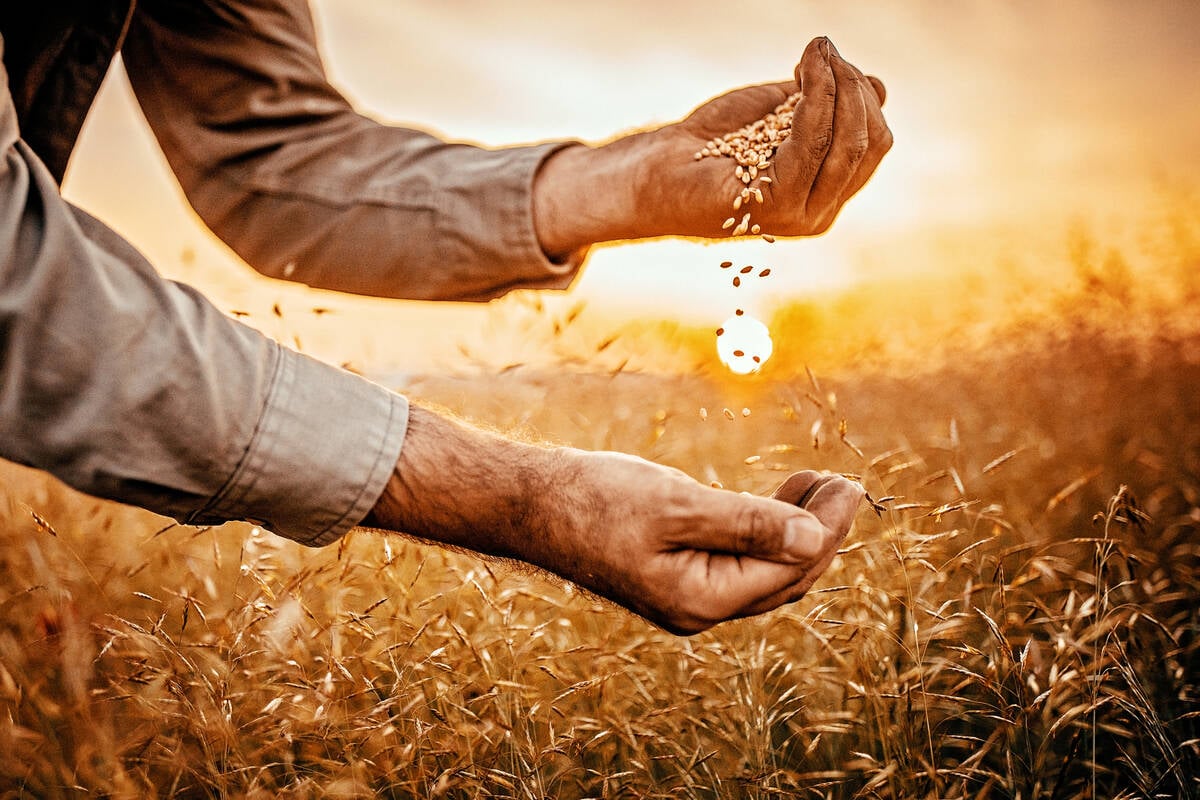For growers with only a few years of experience producing chickpeas, prairie farmers are successfully harvesting a quality product that buyers like.
Brian Clancey, publisher of Stat Publishing, a special crops analyst, said growers should keep in mind the ultimate consumer of their chickpeas – women in developing countries.
“Housewives should be hired to grade grain and lentils and things like that for food consumption. Grading really is based on whether or not you’d eat it, not whether it meets some other standard. They won’t eat stuff that is junk.”
Read Also

Taking a look inside Canada’s seed regulatory overhaul
ive years, eight task teams, 130 volunteers and 135 recommendations later, Canada’s seed industry is still waiting for meaningful regulatory change.
Clancey suggested that growers try eating what they grow to learn the quality of crop they have in their fields.
“If I were a grower, looking way ahead to next harvest, I’d want to do cooking tests on the stuff coming off my fields because there could be variations.
“If something does not cook up nicely and ends up not a good color once it’s cooked, it should be kept separate from stuff with good color. You don’t want to mix them because you could ruin the whole thing.”
Another marketing tip for growers is to watch the dates of the Islamic holy month of Ramadan.
Islamic countries buy a lot of pulse crops. Islam follows its own calendar, so its holidays change relative to the western Christian calendar. In 1998, Ramadan overlapped Christmas. Relative to the Christian calendar, it moves earlier each year.
Clancey said in the build up to Ramadan there is an increase in pulse buying and once the holiday arrives, there is a slow down.
This fluctuation affects prices and demand and should be kept in mind when farmers are developing their marketing plans.














